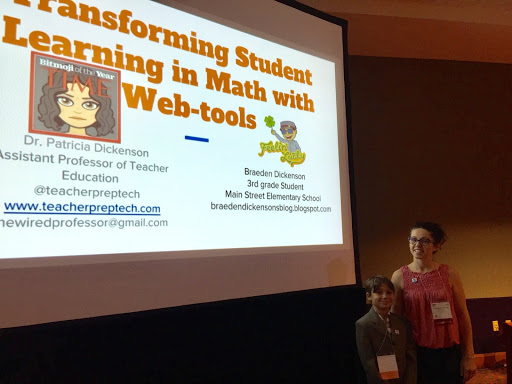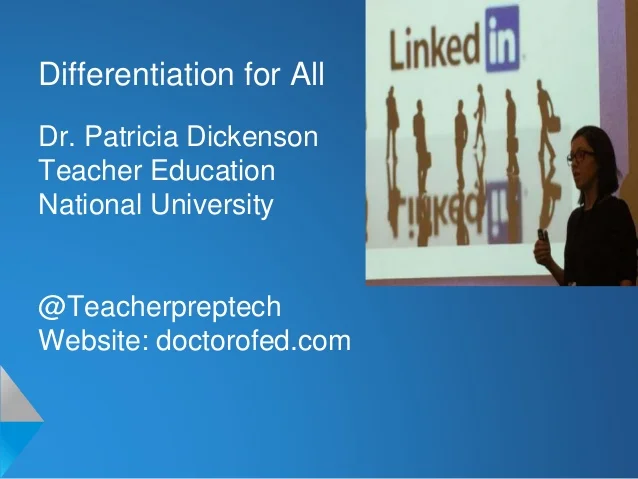
8 Effective Practices that Improve Student Engagement and Learning
As a teacher, it is important to be aware of high-leverage teaching practices that can increase student learning and engagement in the classroom. These practices are evidence-based and have been shown to be effective in a wide range of educational settings. There are many high-leverage teaching practices that can be used to ensure that students are learning and engaged. Here are some examples:
-
Checking for understanding: Regularly check for student understanding to ensure that they are grasping the material. This can be done through informal questioning, exit tickets, or quizzes. My students love participating in a Quizziz, GimKit, Kahoot, or Blooket! These digital tools can give you valuable feedback about where students are in their progression of learning.
2. Active engagement: Don’t be a sage on the stage, be sure your students are actively engaged in the learning process. Get your students up and moving by having them rotate around the room and answer questions as well as check what other students think through a gallery walk. Use whiteboards to have students respond to questions and gamify learning through Jeopardy Labs or other online learning programs that give instant feedback. In addition, provide opportunities for students to participate in group work, problem-solving, and hands-on activities.
3. Clear learning objectives: Be clear about what students are expected to learn and communicate this to them in a way that is easy to understand. Post your agenda on the whiteboard or use a Google Slide Deck to share the agenda and learning outcomes.
4. Effective feedback: Be sure to provide timely and effective feedback that is specific and actionable. This can be done through written feedback, verbal feedback, or peer feedback. Using Rubrics can also be an effective means of providing specific and measurable feedback as well as setting clear expectations for their work. Here is a rubric I created for our project on Area and Measurement.
5. Differentiated instruction: Always differentiate instruction to meet the diverse learning needs of their students (including gifted and talented). This can be done by providing different levels of support, modifying assignments, or providing accommodations and challenges. One of my favorite ways to differentiate instruction is with games and open-ended tasks. Students can play a game and I can easily differentiate the cognitive demand so that students are working in their zone of proximal development.
6. Scaffolding: Teachers should provide support to students as they learn new skills and concepts. Explicit direct instruction is important to guide students and provide guidance in chunking and understanding the concepts and skills. This can be done by breaking down complex tasks into smaller, manageable steps and providing tools and resources for students to be able to work through the task independently.
7. Technology integration: Teachers should integrate technology into their instruction to enhance student engagement and learning. This can be done through the use of educational apps, online resources, or interactive whiteboards. Instead of having students look at maps to locate places, have them explore these places in real-time with Google Tours. You can have students create a virtual tour of historic events and narrate the significance of these places in a recorded tour that can be shared with other students, and parents too!
8. Classroom management: Teachers should have effective classroom management strategies in place to create a positive and productive learning environment. This can be done by establishing clear expectations, providing routines and procedures, and using positive reinforcement. My favorite way to set the stage for strong and positive classroom management practices is to greet students at the door and reinforce positive behavior throughout instruction.
Overall, these high-leverage practices have been shown to improve student learning outcomes across a wide range of subject areas and grade levels, and they are essential tools for effective teaching and learning.
So don’t forget to plan to include these 8 Critical Practices for Effective Instruction. Leave a comment and let me know what is working in your class and be sure to subscribe for more fun posts and ideas that you can bring into your practice!






